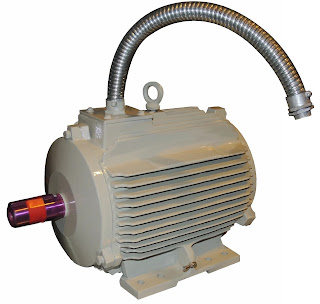How LVDT Pressure Sensors Work?

Pressure sensors - commonly referred to as pressure transducers, pressure transmitters, pressure indicators or pressure switches - are used to measure the pressure of gases and liquids (fluids). Pressure is an expression of the force and is normally stated in terms of force per unit area. A pressure sensor will generate an electrical signal relating to the pressure imposed. This signal is either analogue or digital in more modern designs, although optical, visual and auditory signals are also common. Industrial pressure transducers normally have a diaphragm type design that uses strain gauges, which are either bonded to, or diffused into it, with the strain gauges acting as resistive elements. Under the pressure-induced strain, the resistive values change. In capacitive technology, the pressure diaphragm is a single plate of a capacitor that ...

